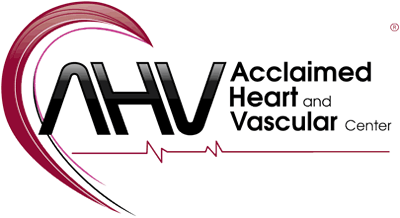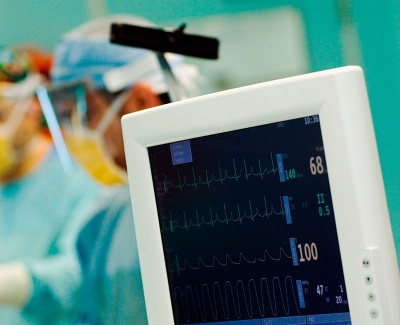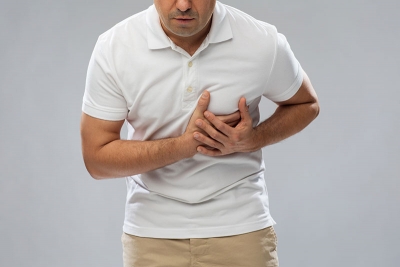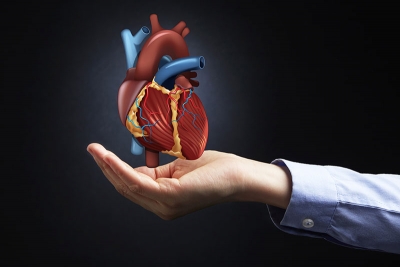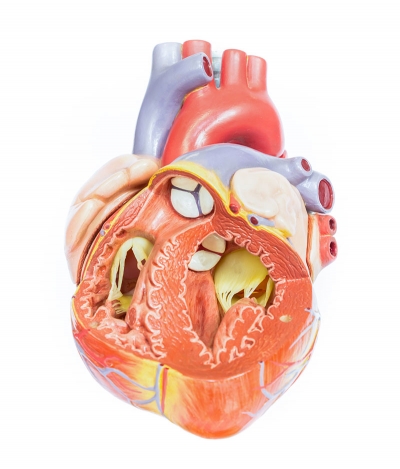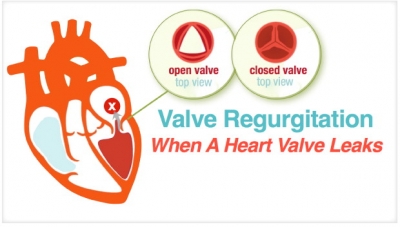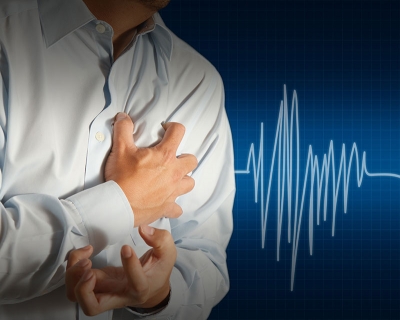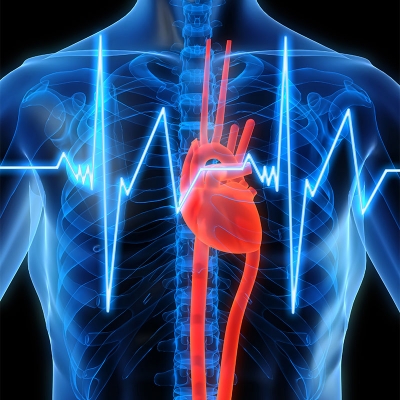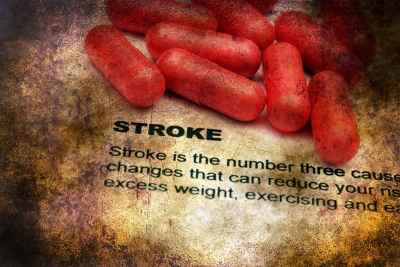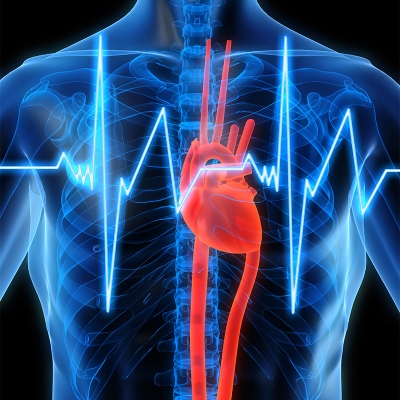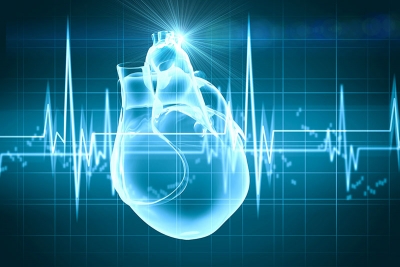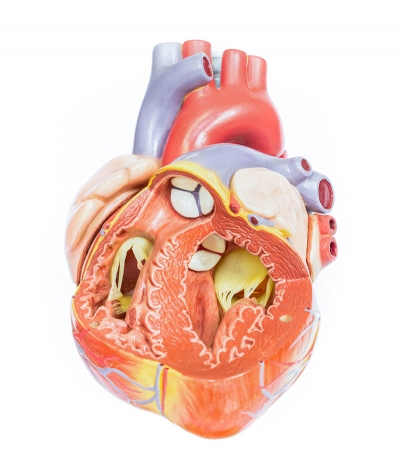Heart disease is caused by narrowed, blocked or stiffened blood vessels that prevent your heart, brain or other parts of your body from receiving enough blood. Heart disease symptoms may be different for men and women. For instance, men are more likely to have chest pain; women are more likely to have symptoms such as shortness of breath, nausea and extreme fatigue.
Symptoms can include:
- Chest pain (angina)
- Shortness of breath
- Pain, numbness, weakness or coldness in your legs or arms
Arrhythmias are abnormal beats. The term arrhythmia refers to any change from the normal sequence of electrical impulses, causing abnormal heart rhythms. Arrhythmias may be completely harmless or life-threatening.
Some arrhythmias are so brief (for example, a temporary pause or premature beat) that the overall heart rate or rhythm isn't greatly affected. But if arrhythmias last longer, they may cause the heart rate to be too slow or too fast or the heart rhythm to be erratic – so the heart pumps less effectively.
Coronary Artery Disease, also called Coronary Heart Disease, affects millions of Americans. This serious disease is a result of plaque buildup in your arteries.
The arteries, which start out smooth and elastic, get plaque on their inner walls, which can make them more rigid and narrowed. This restricts blood flow to your heart, which also restricts the flow of oxygen to your heart.
If the flow of oxygen-rich blood to your heart muscle is reduced or blocked, angina or a heart attack can occur. A heart attack occurs if the flow of oxygen-rich blood to a section of heart muscle is cut off. If blood flow isn’t restored quickly, the section of heart muscle begins to die. Without quick treatment, a heart attack can lead to serious health problems or death.
Dilated cardiomyopathy is a disease of the heart muscle, usually starting in your heart's main pumping chamber (left ventricle). The disease occurs when the heart's ability to pump blood is lessened because its left ventricle, is enlarged and weakened.
The ventricle stretches and thins (dilates) and can't pump blood as well as a healthy heart can. The term "cardiomyopathy" is a general term that refers to the abnormality of the heart muscle itself.
Aortic Valve Regurgitation, or Aortic Regurgitation, is a condition that occurs when your heart's aortic valve doesn't close tightly. It happens when there is leakage of the aortic valve each time the left ventricle relaxes.
A leaking (or regurgitant) aortic valve allows blood that was pumped out of your left ventricle to leak back into it.
You can have aortic regurgitation for a long time and not know it. It may take years for symptoms to start (chronic aortic valve regurgitation). In rare cases, the valve problem starts suddenly and without warning (aortic valve regurgitation). It requires medical help right away.
Commonly known as a heart attack, Myocardial Infarction, occurs when blood flow stops to a part of the heart causing damage to the heart muscle.
A heart attack happens when the flow of oxygen-rich blood to a section of heart muscle suddenly becomes blocked and the heart can’t get enough oxygen. If blood flow isn’t restored quickly, the section of heart muscle begins to die.
Heart attacks most often occur as a result of Coronary Artery Disease, a condition in which a waxy substance called plaque builds up inside the coronary arteries. These arteries supply oxygen-rich blood to your heart.
Cardiovascular disease is common in people with kidney disease (renal disease). In addition, underlying conditions that cause renal disease, such as high blood pressure and diabetes, put people at risk for cardiovascular disease.
Transient ischemic attacks, or TIAs, are different from the other types of stroke because the flow of blood to the brain is only briefly interrupted. Even though they are referred to as “mini” strokes, TIAs should be regarded as medical emergencies just like the other kinds of stroke, even if the blockage of the artery is temporary. They serve as warning signs for future strokes and indicate that there is a partially blocked artery or clot source in the heart.
According to the Centers for Disease Control and Prevention (CDC), over a third of people who experience a TIA go on to have a major stroke within a year if they have not received any treatment. Between 10-15% will have a major stroke within 3 months of a TIA.1
Risk factors for developing heart disease include:
- Age - Aging increases your risk of damaged and narrowed arteries and weakened or thickened heart muscle.
- Sex - Men are generally at greater risk of heart disease. However, women's risk increases after menopause.
- Family history - A family history of heart disease increases your risk of coronary artery disease, especially if a parent developed it at an early age (before age 55 for a male relative, such as your brother or father, and 65 for a female relative, such as your mother or sister).
- Smoking - Nicotine constricts your blood vessels, and carbon monoxide can damage their inner lining, making them more susceptible to atherosclerosis. Heart attacks are more common in smokers than in nonsmokers.
An arrhythmia is any disorder of your heart rate or rhythm. It means that your heart beats too quickly, too slowly, or with an irregular pattern. Most arrhythmias result from problems in the electrical system of the heart. If your arrhythmia is serious, you may need a cardiac pacemaker or an implantable cardioverter defibrillator (ICD). They are devices that are implanted in your chest or abdomen.
A pacemaker helps control abnormal heart rhythms. It uses electrical pulses to prompt the heart to beat at a normal rate. It can speed up a slow heart rhythm (bradycardia), control a fast heart rhythm (tachycardia), and coordinate the chambers of the heart.
A Defibrillator, or Implantable Cardioverter Defibrillator (ICD), is a battery-powered device placed under the skin that keeps track of your heart rate. Thin wires connect the ICD to your heart. If an abnormal heart rhythm is detected the device will deliver an electric shock to restore a normal heartbeat if your heart is beating abnormally and much too fast.
ICDs are very useful in preventing sudden death in patients with known, sustained ventricular tachycardia or fibrillation. Studies have shown ICDs to have a role in preventing cardiac arrest in high-risk patients who haven't had, but are at risk for, life-threatening ventricular arrhythmias.
Pulmonary Valve Stenosis, also known as Pulmonic Stenosis, is a dynamic or fixed obstruction of flow from the right ventricle of the heart to the pulmonary artery. It is usually first diagnosed in childhood. It may occur in association with other congenital heart defects as part of more complicated syndromes.
Narrowing of the pulmonary valve is most often present at birth (congenital).
